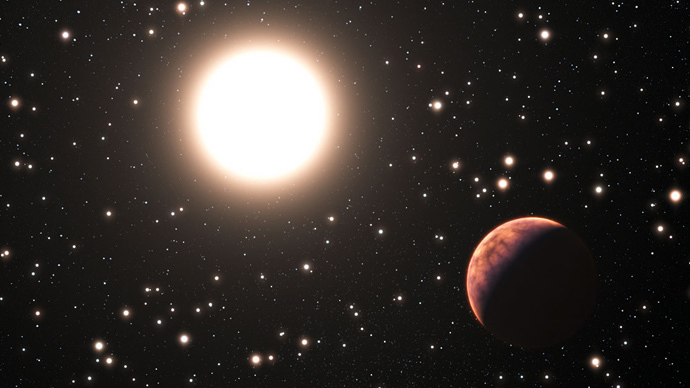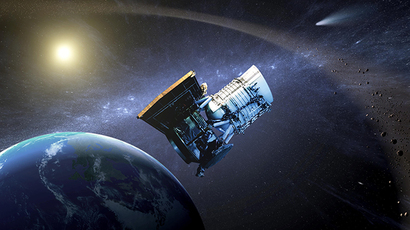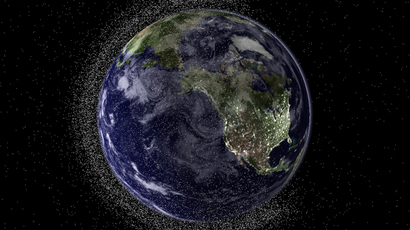First exoplanet orbiting Sun's twin in star cluster found, scientists say

Scientists discovered three new planets orbiting stars in a cluster about 2,500 light years from Earth. Remarkably, among them they found an exoplanet orbiting a star which is almost identical to our own Sun in all respects.
The fascinating find was made by astronomers from the Max Planck Institute for Extraterrestrial Physics in Germany. They have been monitoring 88 promising-looking stars in a formation called Messier 67 for the past six years. Messier 67 is a cluster of about 500 stars in the constellation of Cancer.
The discovery is so exciting because it is the first time astronomers have found an exoplanet orbiting a star which is almost identical to our sun, in a cluster of stars. The star, similar to the sun in mass, temperature and chemical composition, was named YBP1194.
The second planet that was discovered is also orbiting a star similar to the Sun. The third one is circling a more massive and evolved red giant star.
The first two planets were dubbed "hot Jupiters" as they are somewhat like Jupiter in size, but orbit closer to their host stars, ESO officials said. They take seven and five days respectively to orbit their stars. The third planet takes about 122 days to circle its host and is more massive than Jupiter. All three of the planets are too close to their parent stars for liquid water to exist, ESO officials added.
The team used the HARPS planet-finding instrument at the European Southern Observatory (ESO) in the Chilean desert and supplemented their results with observations from several other observatories around the world. They published the results in the study in the journal Astronomy & Astrophysics on January 15.
Although more than one thousand planets outside the Solar system have been identified, only a few have been found in star clusters, according to the research team. This puzzled astronomers as it is known that most stars are born in such clusters. They have wondered if there might be something different about planet formation in star clusters to explain this strange paucity.
“In the Messier 67 star cluster the stars are all about the same age and composition as the Sun. This makes it a perfect laboratory to study how many planets form in such a crowded environment, and whether they form mostly around more massive or less massive stars,” said lead author of the study Anna Brucalassi according to the press-release published on the institute’s website.
The results of the study show that massive planets around stars of open clusters are as frequent as those around field stars.
"These new results show that planets in open star clusters are about as common as they are around isolated stars — but they are not easy to detect," Luca Pasquini of ESO, co-author of the study said in a statement. "The new results are in contrast to earlier work that failed to find cluster planets, but agrees with some other more recent observations. We are continuing to observe this cluster to find how stars with and without planets differ in mass and chemical makeup.”














